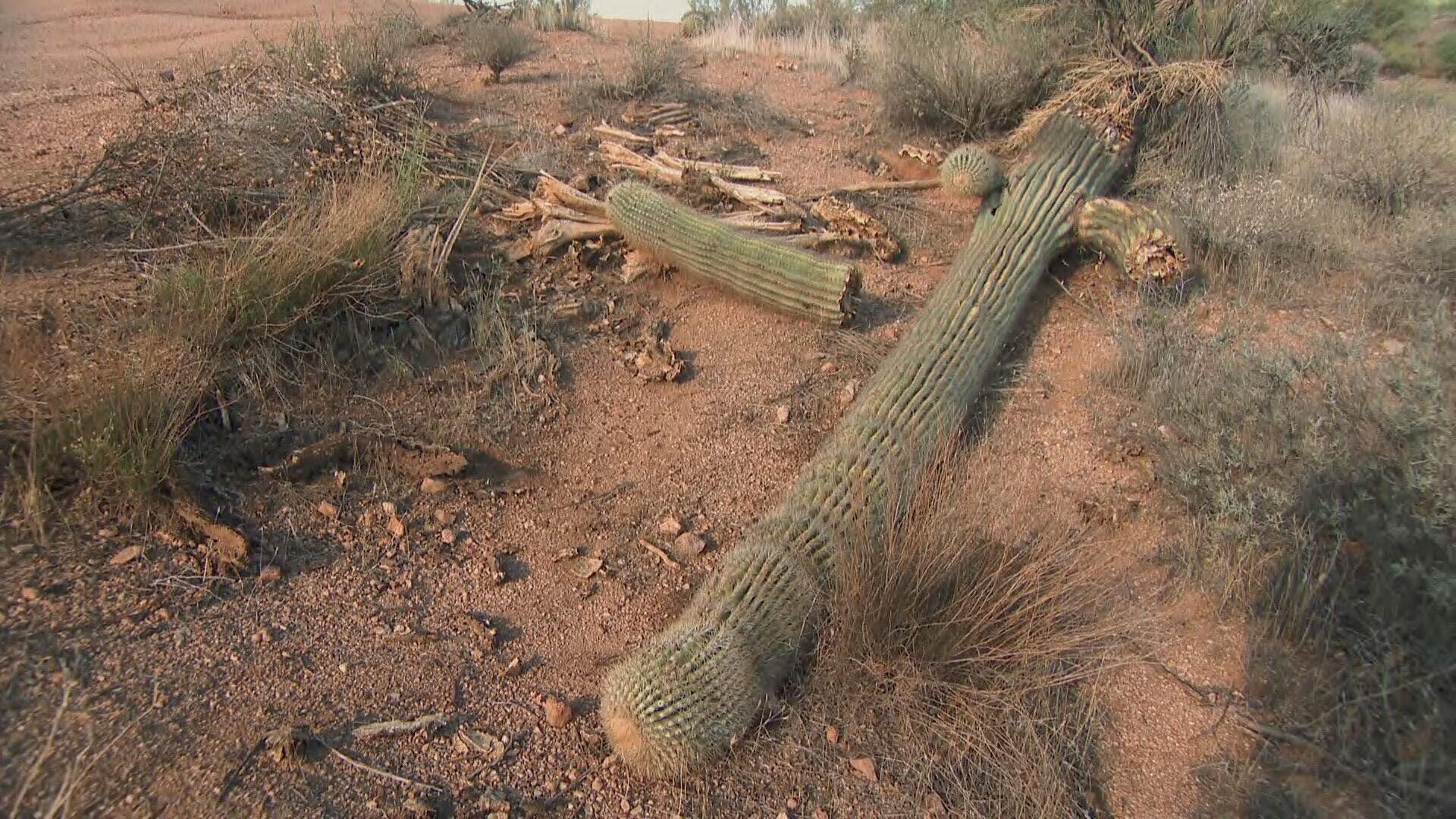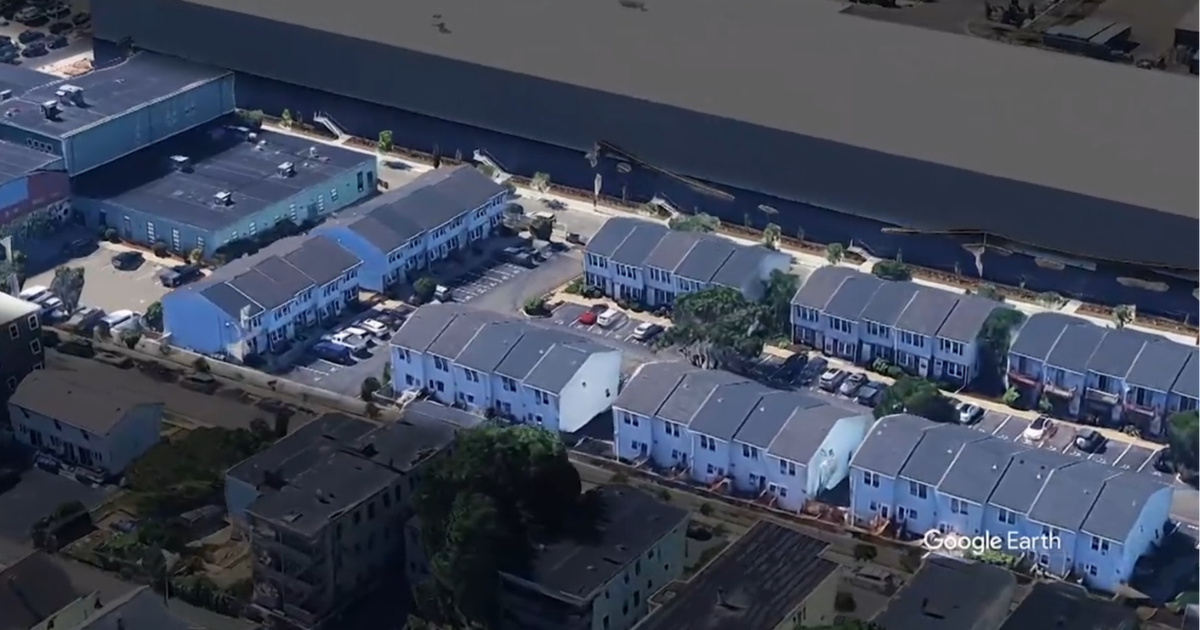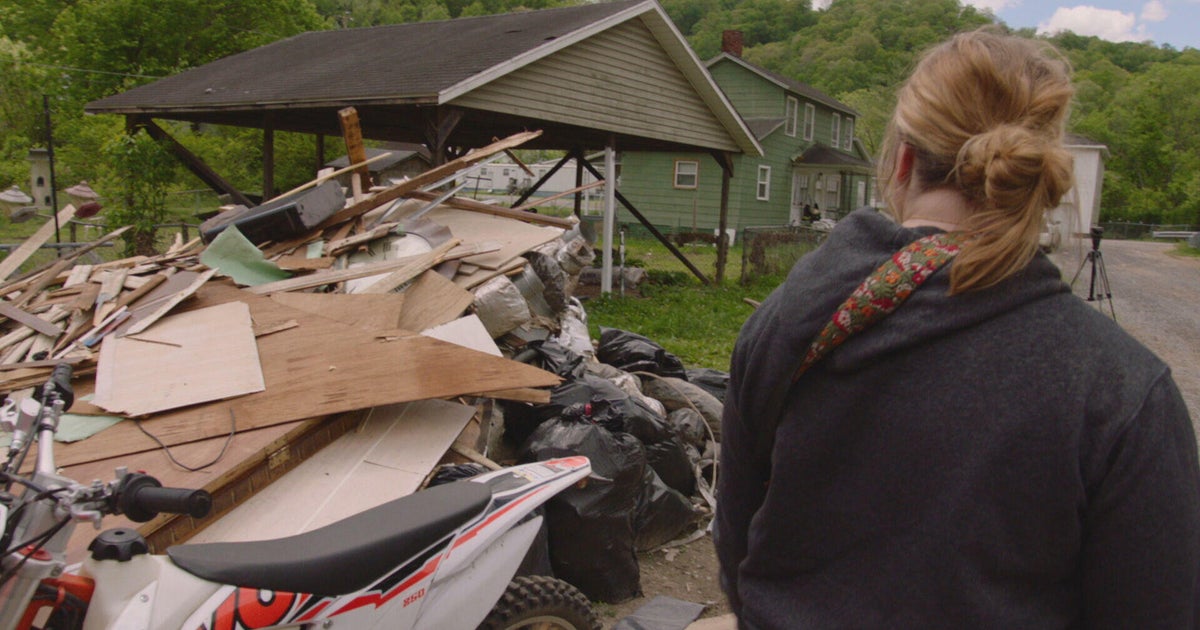Arizona's iconic saguaro cactus was built for desert heat. Rising temperatures are pushing it to the brink.
Arizona's saguaro cactus has evolved to thrive in the extreme climate of the Sonoran Desert, but after decades of rising heat, even these towering icons are showing signs of stress.
"It doesn't take a rocket scientist to see it looks like they're melting," said Jon Gurule who makes his living off the desert as a guide for Scottsdale Adventure Tours.
"Everybody wants to get their picture taken with the saguaro cactus. They are, without a doubt, the main attraction," Gurule said.
The already arid Southwest has gotten drier over the last 20 years. Starting in 2020, parts of Arizona have seen extended periods of record-breaking heat. Temperatures often top 110 degrees, lasting for weeks on end and causing the hardy saguaro to drop dead from what amounts to heat stroke.
Over the last five years, the death rate for saguaros in the Phoenix area jumped from 1% to 2% every year, and is now closer to 7%, according to researchers at the Desert Botanical Garden in Phoenix. It's far faster than a cactus can reproduce. To replace a saguaro could take a century or more.
Scientist Kevin Hultine has been studying the saguaro cactus for 14 years.
"We are undoubtedly going to be seeing more and more of these kinds of graveyard conditions as the rest of the desert continues to get warmer and warmer," Hultine said.
Researchers say studying the saguaro's response to heat is challenging, in part, because they grow very slowly.
"They're not gonna disappear completely, but in terms of trying to improve their chances in some of these harsher locations, it really is partly up to us," Hultine said.
Hultine's team at the Desert Botanical Garden is working to identify the most resilient varieties of Saguaro best-suited to withstand a hotter, drier Arizona.
Some of the seedlings grown as part of the project will end up in the Tonto National Forest. It will take decades for them to grow, requiring the symbol of the Old West to find new strength to survive.





